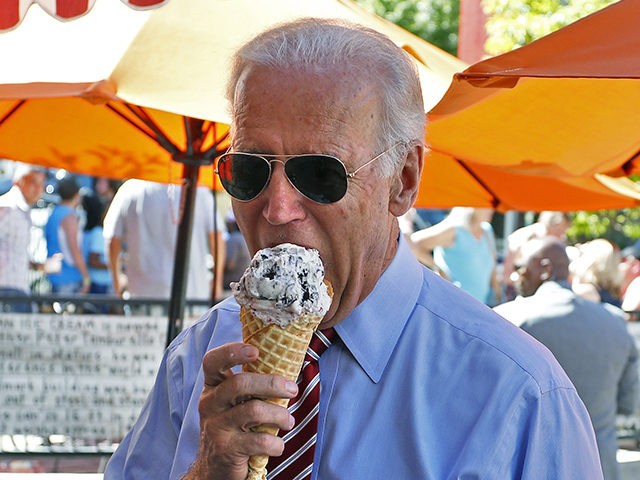The U.S. economy grew at a disappointing 6.5 percent annual rate in the second quarter, a sign that government stimulus spending has fallen short of expectations even while inflation has been hotter than anticipated.
Thursday’s report from the Commerce Department estimated that the nation’s gross domestic product — its total output of goods and services — failed to accelerate significantly in the April-June quarter from the 6.3 annual growth rate recorded for the first quarter of the year. The first quarter was revised down by a tenth of a percentage point from earlier reports.
The annualized figure was far less than analysts had expected, but the economy was likely held back mainly by supply shortages in goods, components, and labor. According to Econoday, the median forecast was for eight percent growth. Other surveys had penciled in far more growth. The surveys by Bloomberg and the Wall Street Journal had growth at 8.4 percent. On Wall Street, some analysts were saying growth could come in at a nearly 10 percent rate.
On a quarter-to-quarter basis, GDP grew 1.6 percent in the second quarter and 1.5 percent in the first three months of the year.
In nominal terms, the economy grew at an annualized rate of 13 percent. But inflation at away nearly half of the gain.
Personal consumption, the biggest part of the economy, grew at an annualized rate of 11.8 percent, exceeding forecasts. Spending on goods rose at an annualized rate of 11.8 percent and spending on services rose 12 percent.
But business inventories and home building lagged expectations, dragging down the overall number. Inventories subtracted 1.1 percentage points from quarterly growth. Residential investment fell by 9.8 percent, taking a 0.5 percentage point bite out of overall GDP. Investment in non-residential structures, which spans hotels to drilling rigs, fell seven percent.
The personal consumption expenditures price index, the inflation gauge followed closely by Federal Reserve officials, jumped an annualized 6.4 percent in the second quarter, the biggest gain since the era of Paul Volcker, up from 3.9 percent. Excluding food and energy, volatile categories that economists say do not represent the overall price level, the price index climbed 6.1 percent, compared with 2.7 percent in the first quarter.
Huge levels of government stimulus have buffeted the economy over the past year and a half. Personal income decreased $1.32 trillion in the second quarter, or 22.0 percent, in contrast to an increase of $2.33 trillion, or 56.8 percent, in the first quarter, largely because of the pandemic stimulus checks. The personal saving rate fell to 10.9 percent in the second quarter from 20.8 percent in the first quarter.
Shortages and supply chain problems may have already begun putting on the brakes on the speed of the recovery, slowing growth sooner than expected. Businesses say they have had trouble hiring enough workers, while the costs of commodities and materials used by manufacturers have skyrocketed. Shipping goods is becoming a challenge for many businesses, prompting complaints of shortages of oceanic containers, truck drivers, and trains.

COMMENTS
Please let us know if you're having issues with commenting.